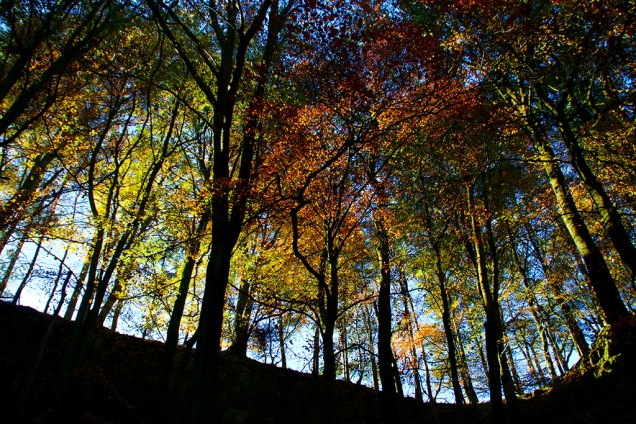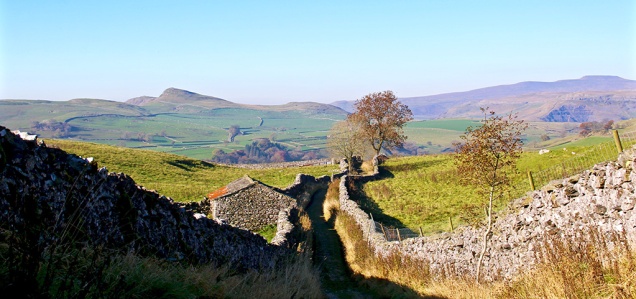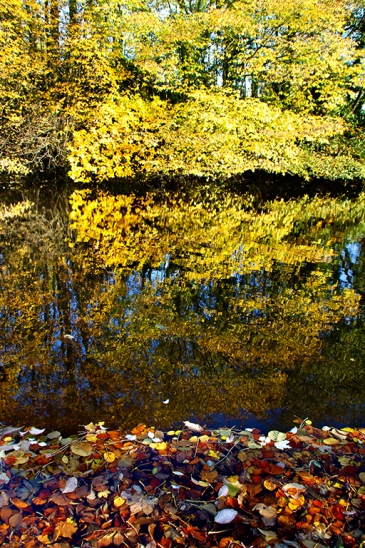 Excellent autumn light tempted me out into the Dales this week. I’ve been happy with the photographic results and, if my Twitter statistics are anything to go by, so have my followers. Then why do I feel a little down at the end of such a productive and enjoyable seven days?
Excellent autumn light tempted me out into the Dales this week. I’ve been happy with the photographic results and, if my Twitter statistics are anything to go by, so have my followers. Then why do I feel a little down at the end of such a productive and enjoyable seven days?
Why? Because it’s becoming more apparent just how much the quality of our rural life is changing and how little the government seems to care about it.
There’s a new kind of industrial revolution going on in the countryside and it’s increasingly noticeable around the edges of the Yorkshire Dales National Park.
Humans have always exploited the countryside. Mills developed around natural water power while lead and coal mines along with stone, slate and limestone quarries have been regular features in the Dales for centuries.
Driving around now I see an ever-increasing number of wind turbines. This week I stopped to view the massive solar power station at Gisburn, where 20,000 panels have been installed across three fields. Many more will follow.

After bemoaning the fact that fracking had been allowed on the North York Moors a couple of months back, permission for fracking has now been granted down the road in Lancashire… despite the fact that the locals and the council didn’t want it to happen.
Further afield huge agricultural businesses are gobbling up small farms, turning millions of acres into featureless prairies or unnatural meat factories, ruining the countryside’s natural balance, destroying wildlife habitats and forever changing communities.
I live in a Dales village where the local primary school was closed a few years back – now we learn that the lovely school at Horton-in-Ribblesdale is seriously under threat. With it could go the life-blood and future of another rural community. Families will move out and the place will be filled with second-homeowners and holiday cottages. (Don’t get me wrong – those people are most welcome, but it is the community balance I worry about.)
Libraries and other local resources, including municipal parks, are also being abandoned by councils while funds for National Parks are being cut.
Yes, we must always look for solutions to problems concerning provision of food and power, but why must it be at the expense of our quality of life and the destruction of the things many of us hold so dear?
That’s ‘progress’ I’m told. Don’t fret youngsters, old dinosaurs like me will soon be extinct… unfortunately so will much of the countryside.
Talking of extinction, as I was heading home from Gisburn the other day I came across a farmer who was driving along a minor road, presumably next to his farm, in one of those golf-buggy-type-things. He pulled to the side of the road, grabbed his gun and fired it skywards. It was a tad disconcerting but something not to be too surprised at out in the countryside. I didn’t stop to find out what he was firing at, but I do hope it wasn’t a rare bird of prey – there have been too many reports of them being killed this year. That’s another sensitive rural subject concerning songbirds, farming and the hunting-shooting-fishing brigade – but enough ranting for one day… enjoy the photos.
Dales photos from this week








































